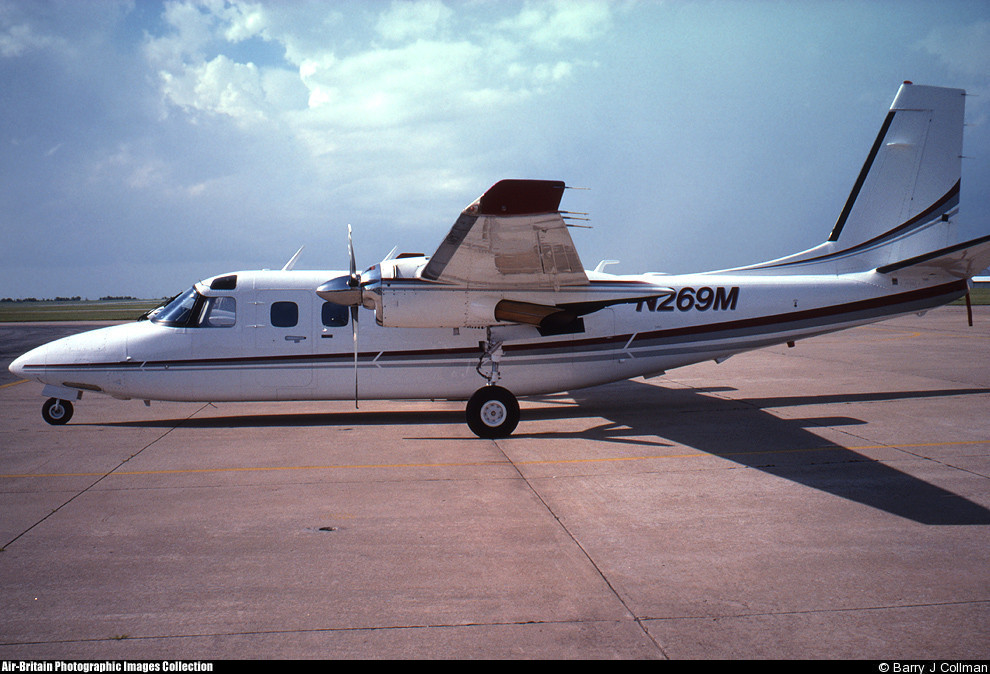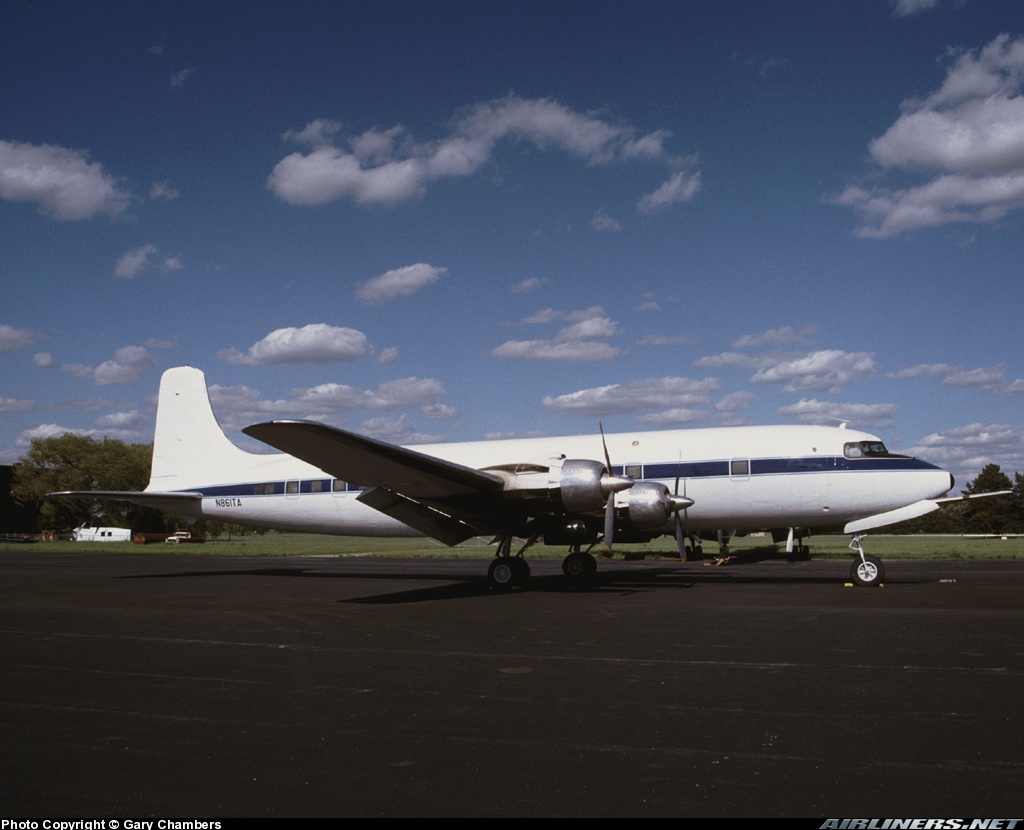Crash of a Rockwell Gulfstream 695A Jetprop 1000 in Boca Raton: 3 killed
Date & Time:
Jan 21, 1998 at 1534 LT
Registration:
N269M
Survivors:
No
Schedule:
Boca Raton - Lawrenceville
MSN:
695-96098
YOM:
1985
Crew on board:
1
Crew fatalities:
Pax on board:
2
Pax fatalities:
Other fatalities:
Total fatalities:
3
Captain / Total hours on type:
843.00
Aircraft flight hours:
3274
Circumstances:
The pilot had received a weather briefing and was aware of the weather conditions west and north of the airport. The pilot was issued the flight clearance as filed, and was assigned an initial altitude of 2000 feet. Approximately five minutes into the flight, the air traffic controller questioned the pilot concerning the assigned heading. The controller stated that the pilot 'sounded extremely strained' and replied, 'N269M is in trouble.' Radar altitude data showed a rapid loss of altitude for N269M; the last radar altitude data showed the flight at 2800 feet. The airplane collided with the ground in a nose low attitude. Weather radar data from the Miami Weather Surveillance Radar-1988, Doppler (WSR-88D) showed a large, intense convective cell just west of Boca Raton between 1530:15 and 1535:57. Moderate to very heavy rain showers were associated with the convective activity. A review of the radar data showed that N269M was 3.5 to 4.0 miles north of the core of the large convective cell.
Probable cause:
The pilot flew into known convective meteorological conditions and lost control of the airplane. Factors were low clouds, and moderate to heavy rain.







